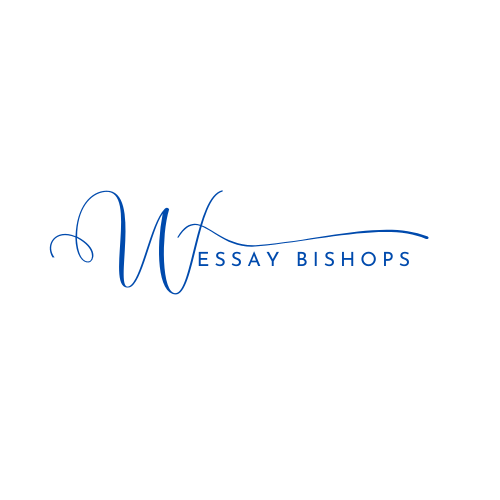Posted: February 28th, 2022
Round-Trip Copper Reactions Lab Report
AP Chemistry 12/13/11 Round-Trip Copper Reactions Lab The purpose of this lab was to evaluate our skills of decanting a supernatant liquid without losing the solid and successful completion of a series of reactions. This was done through five chemical reactions involving copper. In this lab, elemental copper was put through five different chemical reactions in order to convert it into different compounds. By the end of the fifth reaction, the copper was back to its elemental state. In the first reaction, 0. 95 g of pure copper was reacted with 4. 0 mL of concentrated nitric acid under the fume hood.
The solution was swirled until all of the copper had dissolved. The balanced equation for this reaction is as follows: Cu (s) + 4HNO3 (aq) a Cu(NO3)2 (aq) + 2NO2 (g) + 2H2O (l) When the nitric acid came into contact with the solid copper, a brown gas was immediately released into the fume hood. This brown gas was nitrogen dioxide as the balanced equation above shows. As the copper dissolved, the solution slowly turned blue because of the copper ions. In the second reaction, distilled water was added to the copper (II) nitrate solution until the beaker was half full. Then, 30 mL of 3. M sodium hydroxide was added to the solution. The balanced equation for this reaction is as follows: Cu(NO3)2 (aq) + 2NaOH (aq) a Cu(OH)2 (s) + 2NaNO3 (aq) When sodium hydroxide was added to the copper (II) nitrate solution, a bright blue gel-like precipitate was formed instantly. This precipitate was copper (II) hydroxide. The precipitate was blue because of the copper ions. In the third reaction, the copper (II) hydroxide solution was heated above a Bunsen burner. Continual stirring was required to reduce the “bumping”, or formation of bubbles that release gas very quickly that have the potential to cause injury.
The balanced equation for this reaction is as follows: Cu(OH)2 (s) a CuO (s) + H2O (l) When the solution was heated, the bright blue precipitate slowly began to darken, at first by showing flakes of black, then eventually turning completely black. This is due to the copper reacting with oxygen, or oxidizing. The black precipitate was allowed to settle and then the supernatant, the clear liquid that lies above a precipitate, was decanted, or poured carefully off. Then, 200 mL of hot distilled water was added and the precipitate was allowed to settle to repeat the decanting process again.
In the fourth reaction, 15 mL of 6. 0 M sulfuric acid was added to the copper (II) oxide while stirring. The balanced equation for this reaction is as follows: CuO (s) + H2SO4 (aq) a CuSO4 (aq) + H2O (l) + SO2 (g) When the sulfuric acid was added to copper (II) oxide, the solution turned blue. This was due to the formation of aqueous copper (II) sulfate, which produced the copper ions to change the color of the solution. In the fifth reaction, 2. 29 g of zinc was added to the copper (II) sulfate solution under the fume hood. The balanced equation for this reaction is written as followed:
Zn (s) + CuSO4 (aq) a ZnSO4 (aq) + Cu (s) When the zinc was added to the copper (II) sulfate solution, the solution started to bubble. As the solution was stirred, it turned a cloudy blue. Small flecks of a brown solid were visible. As the solution became colorless, the brown solid settled to the bottom of the beaker. The solid formed was copper in its elemental state. The color faded from the solution as the copper ions slowly formed into solid copper. The copper was poured into a funnel with filter paper and washed three times with 25 mL of distilled water and ethanol.
In order to dry the copper, it was placed on a watch glass weighing 29. 91 g over a beaker half full of water on a hot plate. One the copper appeared to be dry, the beaker was removed from the hot plate and allowed to cool. The copper was massed on the watch glass and was recorded as 30. 79 g. This was left to sit overnight and was massed again the next and recorded as 30. 77 g. By subtracting the mass of the watch glass from the final mass of the copper and watch glass, the mass of the copper was obtained and recorded as 0. 86 g. In conclusion, the percent yield of copper from the original copper was calculated to be 90. % by the formula: actual x 100 = percent yield theoretical 0. 86 g x 100 = 90. 5% 0. 95 g In theory, the amount of copper at the end of the lab should have been the same amount that was started out with. Due to decanting and changing containers, some of the mass was lost. The calculated percent yield above is fairly accurate considering that some of the mass was lost during decanting and transferring the copper from the filter paper onto the watch glass.
Order | Check Discount
Sample Homework Assignments & Research Topics
Tags:
Accounting homework paper writing help service,
APA essay assignment writing help service,
Art paper homework essay assignment help service,
Auditing Homework assignment help,
best dissertation writing service
